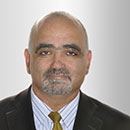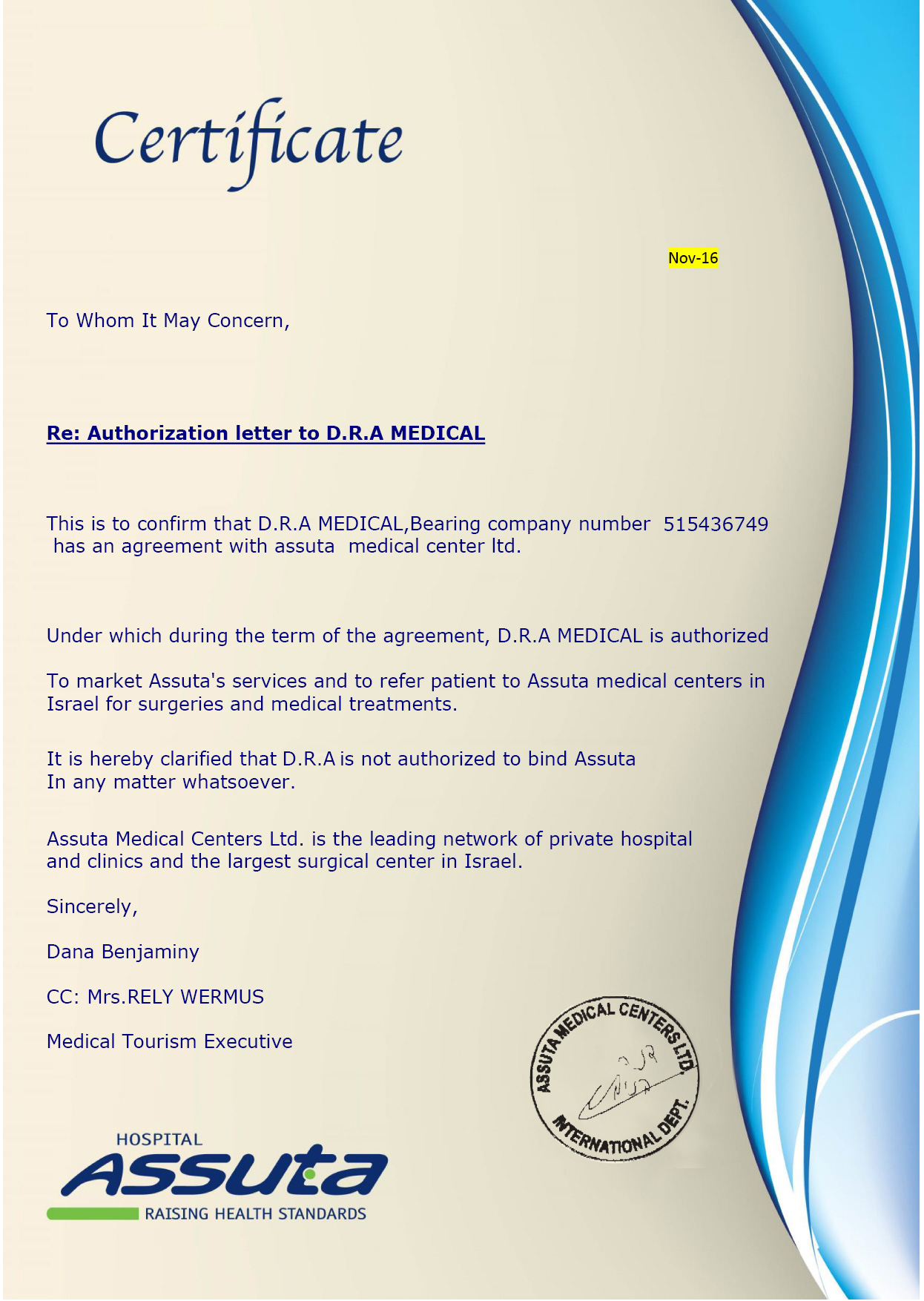Introduction
Back problems are the number one reason why people visit a pain specialist. Broken vertebrae, herniated discs and other conditions can cause severe back pain and make even everyday activities difficult or impossible. For people suffering from such damage, spinal fusion surgery may be the best solution. Learn more about spinal fusion surgery in this guide, including risk factors and results.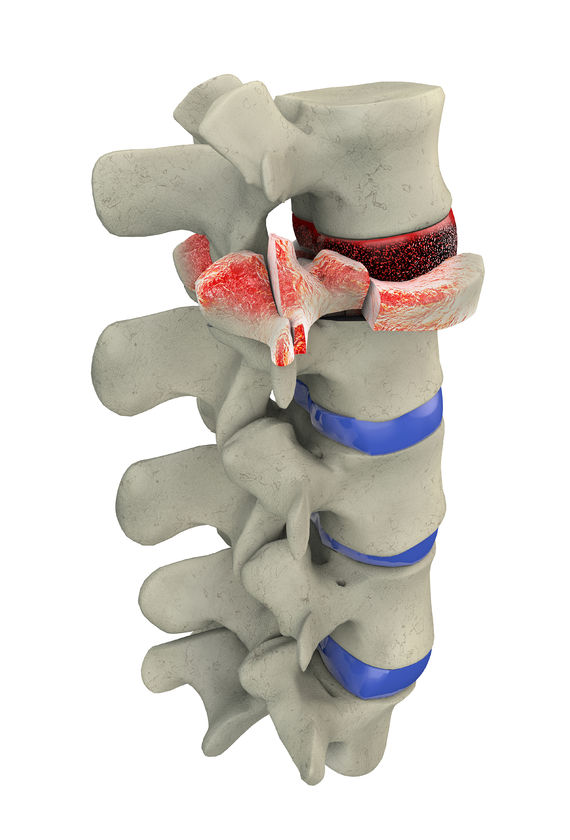
Who Should Consider Spinal Fusion Surgery
Spinal fusion, also known as arthrodesis, permanently connects two or more spinal vertebrae. It is performed to improve stability, correct a deformity or reduce pain. It is usually recommended if a patient suffers from broken vertebrae, scoliosis, spinal instability, spondylolisthesis, a herniated disk or chronic pain.In some cases, a patient opts to have both a spinal fusion and a cervical disc replacement. If you are considering this, keep in mind that if you have the cervical fusion first, it will not be possible to have an artificial disc put in the same spot later. You will need to have the artificial disc replacement first and the cervical fusion after you have recovered from the disc surgery.
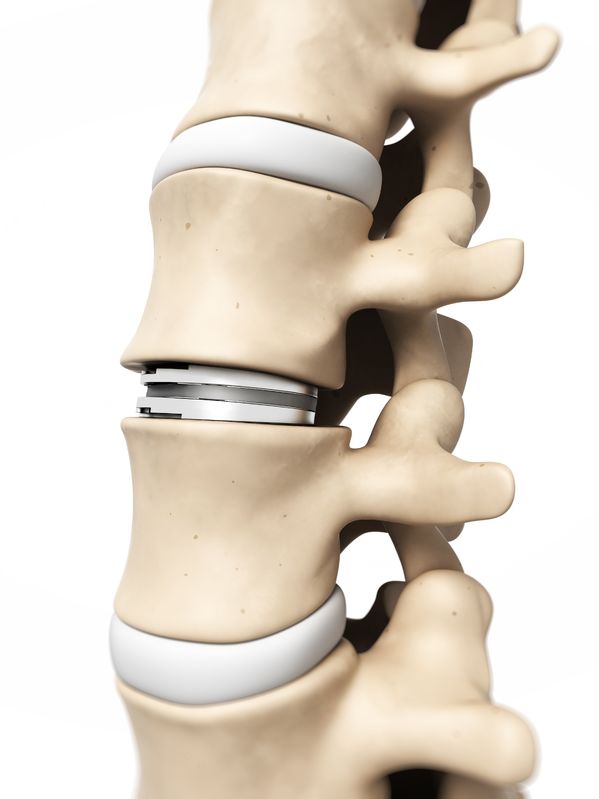
The Spinal Fusion Surgery Procedure
The first step in the spinal fusion surgery process is an incision. To gain access to the vertebrae that need to be fused, the surgeon makes an incision. This incision is in one of three locations: in your back directly over the spine, on either side of the spine, or in the abdomen or throat so that your surgeon can access your spine from the front. The muscles and blood vessels are carefully moved away from the spine as much as possible so that the surgeon can see your spine clearly.Bone grafts are the next step. Bone grafts are what actually fuse two vertebrae together for your surgery. They may come from a bone bank or from your own body, usually from the pelvis. If you use your own bone, the surgeon makes an incision above your pelvic bone, removes a small part of it, then closes the incision.
The fusion is the final step. To fuse the vertebrae together permanently, the bone graft material is placed between them. Metal plates, screws or rods may be used to help hold the vertebrae together while the bone graft heals.
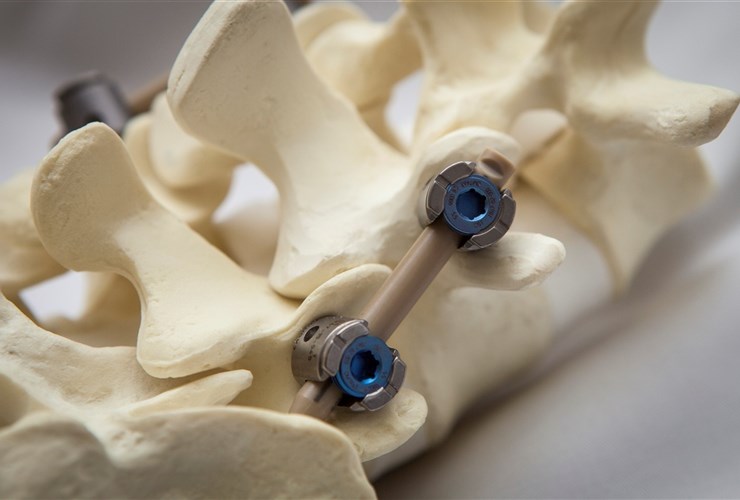
Aftercare
After your spinal fusion surgery, a hospital stay of two to three days is usually required. Depending on the location and extent of the surgery, you may experience mild to moderate pain and discomfort. However, the pain can usually be controlled with medication, either over-the-counter or prescribed by your doctor.It may take two to three months for the bones in your spine to heal and fuse together. During that time, your doctor may recommend for you to wear a brace to keep your spine aligned correctly. You will also have physical rehabilitation during the recovery process. This rehabilitation can teach you how to sit, stand, move and walk in a way that will keep your spine properly aligned.
Results of Spinal Fusion Surgery
Spinal fusion is usually an effective treatment for deformities, fractures or instability in the spine. But when the cause of the back or neck pain is unclear, study results are more mixed. In many cases, spinal fusion is not any more effective than nonsurgical treatments for this back pain.Even though a spinal fusion provides symptom relief, it can also eventually result in more back pain in the future. This is because immobilizing a section of your spine places added stress on the areas around the fused portion. This stress may increase the rate at which those areas degenerate, and you may need to have additional spinal surgery in the future.







